A Real Powerhouse
The Nikon Z 8 has many of the same features as the Z 9 in a more compact body at an appealing price.
• November 2023 issue
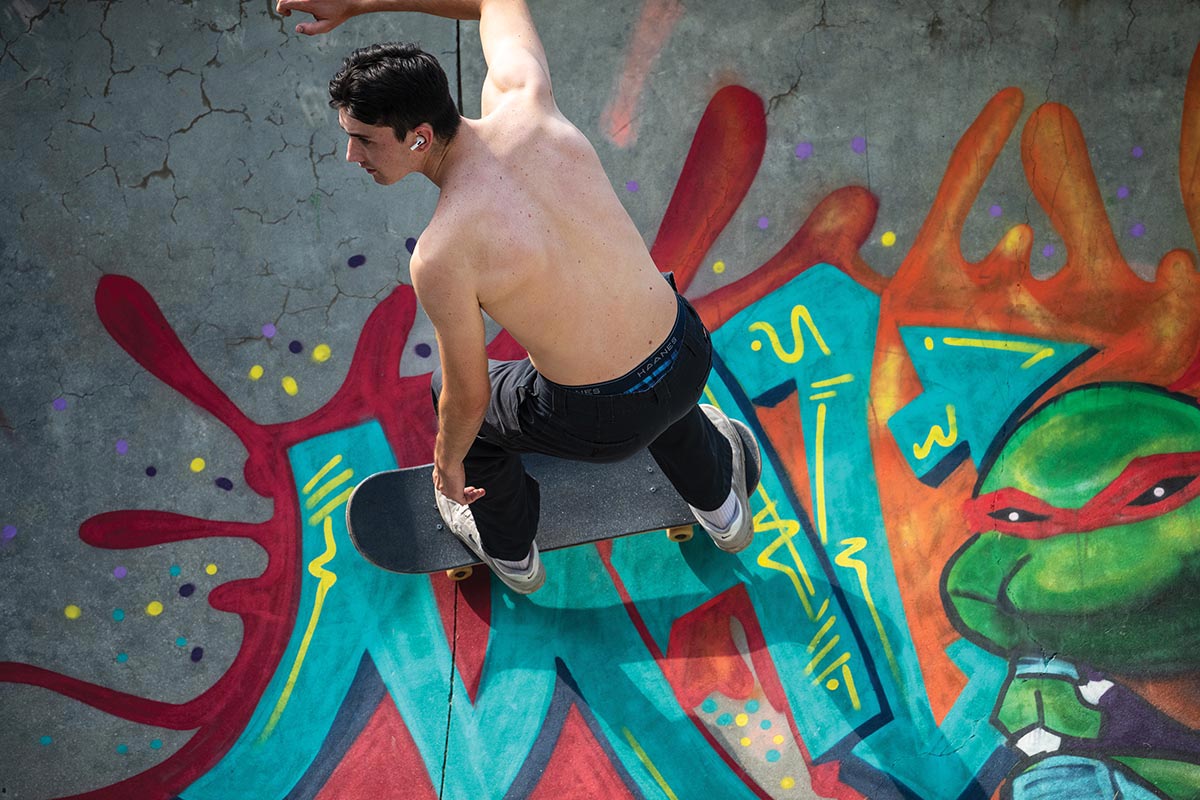
Nikon now has four 45.7-megapixel full-frame cameras in its current lineup: The D850 is a DSLR, and the other three—the Z 7II, Z 9, and Z 8—are mirrorless bodies. The Z 8 and the Z 9 are functionally similar. The guts for both consist of a stacked backside-illuminated (BSI) CMOS imaging array mounted in a vibration-canceling frame, connected to a pair of Expeed 7 processors. Both have wicked fast and accurate autofocus. Compared to the Z 9, the Z 8 has a more compact body, uses a different size battery, lacks a built-in vertical grip, and has no PC-type sync connection. The controls are different, especially the cluster on the top left deck. Where the Z 9 writes to a pair of CFexpress type B / XQD media slots, the Z 8 pairs the CFexpress type B / XQD with SD media like the Z 7II and D850.
The Z 9 is built to meet the demands of professional sports, news, and wildlife photographers and is priced at $5,496. For most working and advanced amateur photographers, the combination of features, still and video capture performance, and price make the Z 8 the more appealing choice at $3,996.95. Nikon markets the Z 8 as the “ultimate hybrid camera.” Despite a couple of aspects I’m not thrilled about—namely, battery capacity and lack of matching media—the synergy of image quality, versatility, ergonomics, and available lenses has me agreeing with that level of hype.
The Z 8 offers performance equivalent to the Z 9 but in a body nearly a pound lighter, 1.2 inches shorter, 0.2 inches narrower, and 0.3 inches shallower. Compared to Z 6 and Z 7 series cameras, the Z 8 body is slightly larger—about a half inch wider, deeper, and 0.7 inches taller. People with large hands will find the additional body height makes the camera easier to hold. A Z 8 weighs 10 ounces more than a Z 6II or Z 7II body but is nearly a full pound lighter than the Z 9.
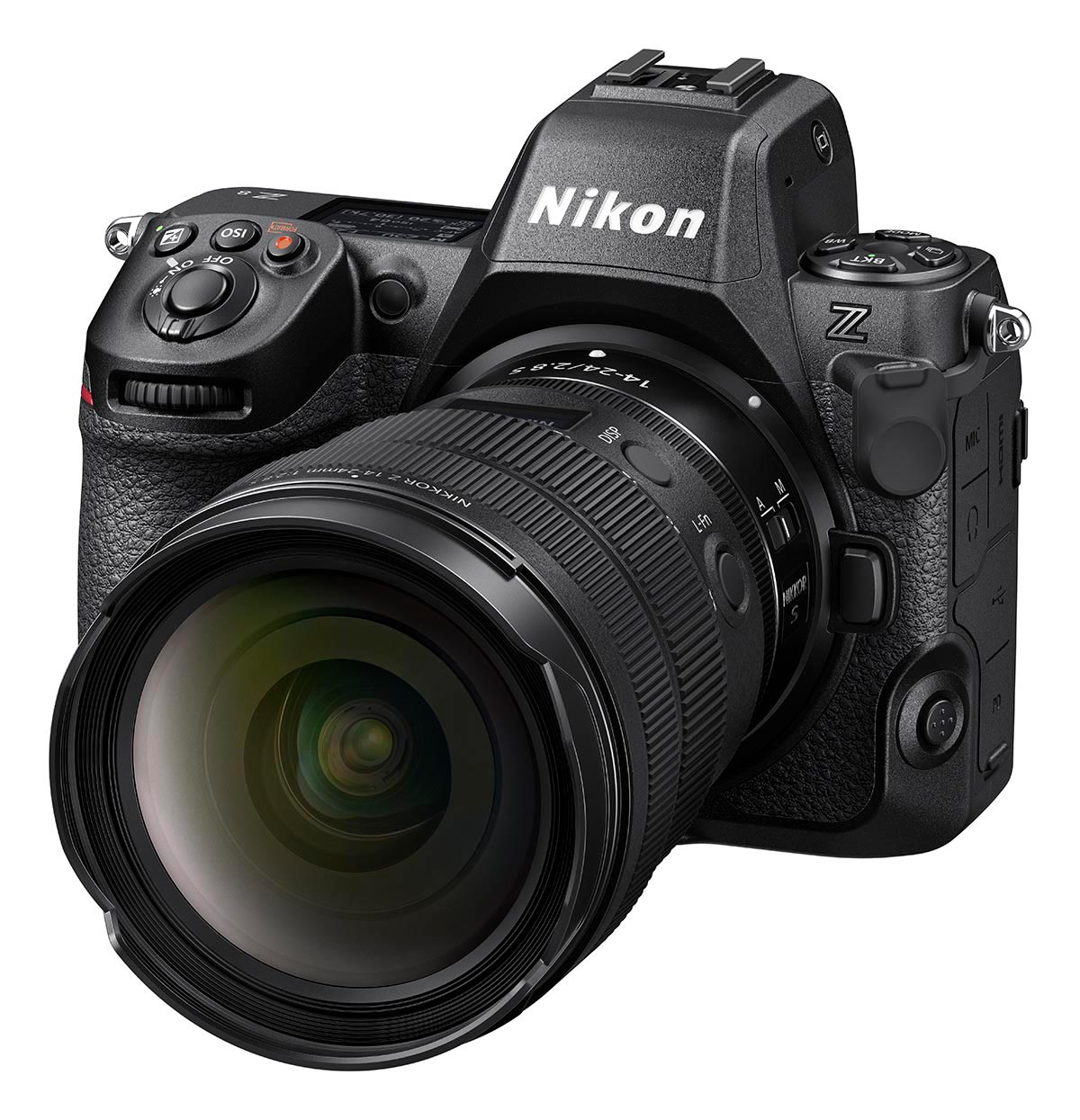
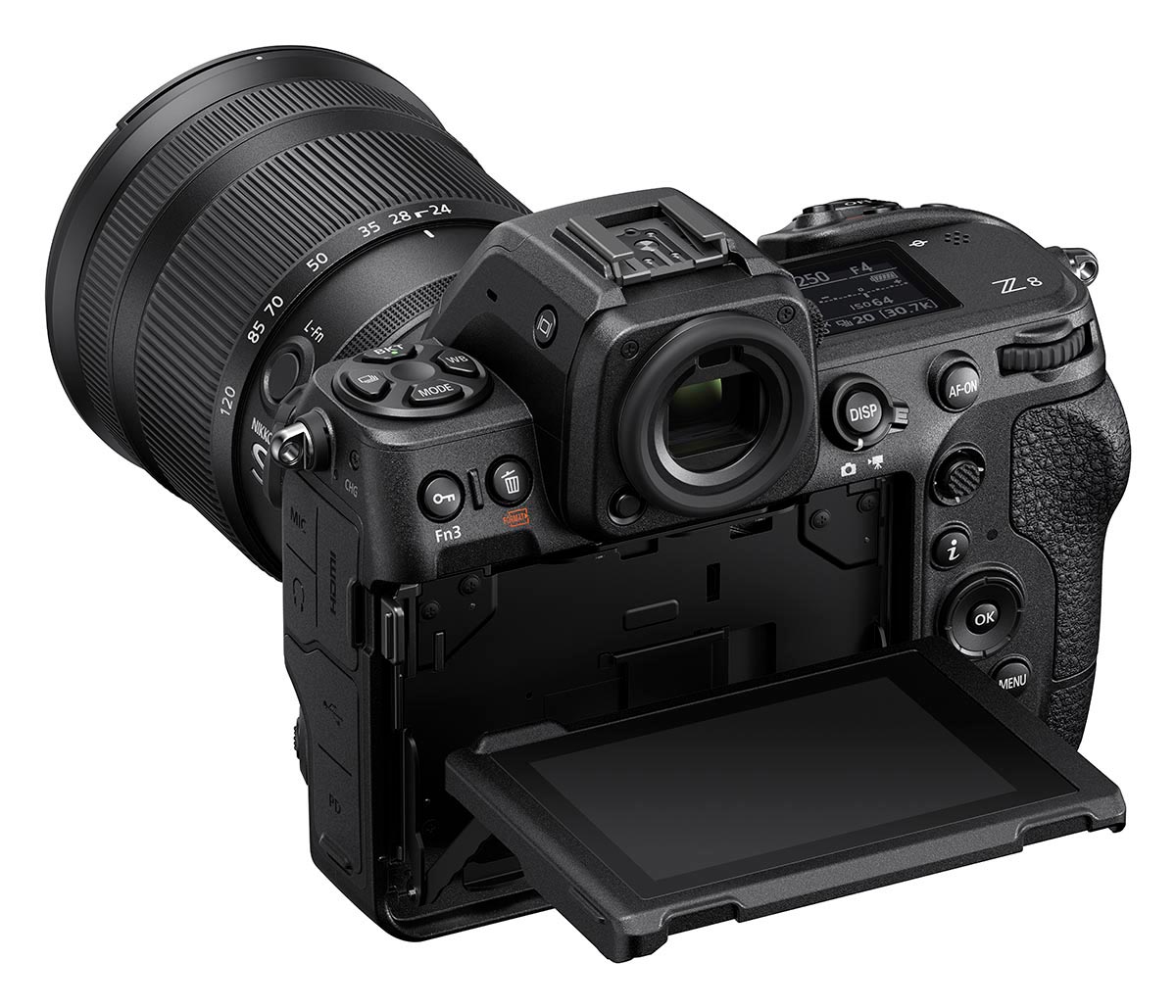
All of the Nikkor Z lenses I’ve used are optically superior with sharper and better correction for optical aberrations and distortions than lenses designed for SLR cameras. There are 30 Z-mount Nikkors for full-frame cameras, five that are limited to the DX (APS-C) format, and two teleconverters. The range for full-frame focal lengths covers 14mm to 800mm, with 20 of the lenses in the optically superior S Line. Tamron and Sigma have also started selling Z-mount autofocus lenses, and other lens makers, most notably Laowa, make manual focus Z-mount lenses.
Another advantage of the Z cameras’ wide 55mm mount and short 16mm flange-to-sensor distance is that it’s easy to use Nikkor F-mount, Sony E-mount, Canon EF-mount, and medium format lenses via adapters. I’ve successfully used Canon EF, Sony E, Hasselblad V, and even Contax S and screw mount lenses from the 1950s on my Z cameras. Adapters add to the versatility of the Z camera line and allow for using specialty lenses like fisheye and tilt-shift that Nikon has yet to add to the Z line. Adapters also make it easier for photographers invested in other brands or older lenses to add a Z body to their kit.

When paired with a high-quality Nikkor Z S-series lens, the 45.7-megapixel sensor resolution of the Z 8 can reveal delicate details even handheld at high ISOs. Photographed with NIKON Z 8 and Nikkor Z 24-120mm S lens for 1/4,000 second at f/4, ISO 1600.
The primary reason for the difference in size between the Z 9 and Z 8 comes down to the Z 9’s compartment for a larger, higher-capacity battery. The electronics in both the Z 8 and Z 9 do a lot of work. With a Z 9, I can typically go all day with one battery. With the Z 7II, I might need two but sometimes just a single EN-EL15C. Because the Z 8 has the same power demands as the Z 9, I regularly go through two or three EN-EL15C batteries with it during a day of shooting and in-camera image review.
If you’ve been using the Z 6, Z 7, or any higher-end Nikon DSLR going back to the 1999 D1, you’ll feel at home with the Z 8. The finger-fitting curve on the inside of the hand grip is welcome, as is the slightly taller body compared to the Z 6 and Z 7. With the exception of the review button, the control buttons on the back of the camera are in mostly familiar places. Your fingers will quickly find them. If you’ve been using Nikons other than the Z 9, there’s one big difference: the review button location. Instead of being in the upper left corner of the back next to the trash button, it’s close to the lower right corner. It took me a couple of weeks to get used to the change.
With every new camera model, there are tweaks to the physical interface. With the Z 8, the most significant tweak is the redesigned control cluster on the top left deck. Compared to the Z 9’s two-tiered cake knob design, the Z 8’s sits nearly flush with the deck. Instead of a button for flash mode selection, there’s a white balance selector. I like the new design but wish Nikon’s designers had swapped a flash mode selection for the bracket mode selector.
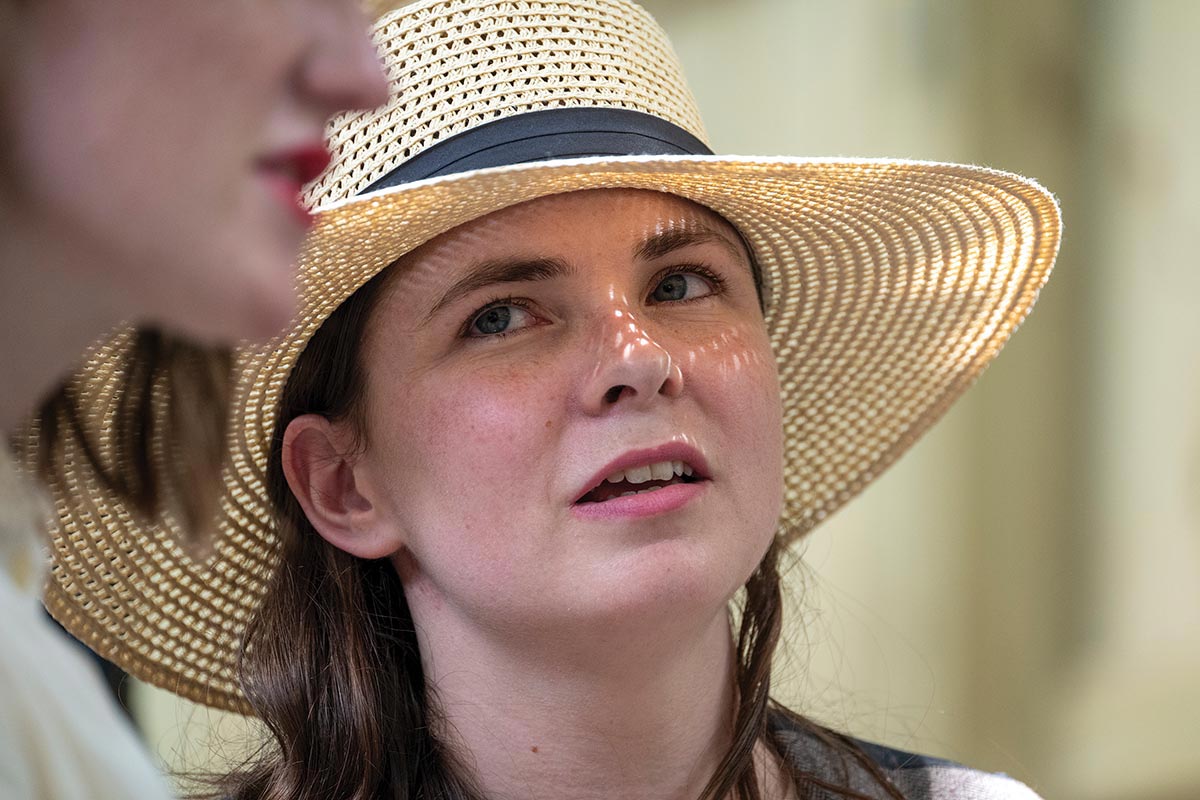
The significant difference between the D850 and Z 7 series cameras and the Z 9 and Z 8 is the CMOS image capture arrays. Newer Nikon cameras from the D850 forward use a BSI CMOS, and the Z 8 and Z 9 take that a step further and use a stacked BSI CMOS array. The difference between the FSI (front-side illuminated) CMOS used in older bodies and a BSI CMOS is how light reaches the photocathode—the light-reactive transistor—in each light-gathering pixel in the array. When struck by light, a photocathode produces a tiny electrical current that other circuits in the pixel convert to digital values before sending out for processing. Logically, the more light that strikes the photocathode, the stronger the current. Because it’s the largest circuit in the pixel, it makes sense from the fabricator’s point of view to layer the smaller bits on top of the larger ones. As the photocathode is the largest transistor, it forms the base. In older cameras, the built-up side faces the camera lens. The downside is those tiny circuits and wires block much of the light from reaching the photocathode. BSI CMOS arrays flip the photocathode so it faces down instead of forward. Twice as much light reaches the photocathode because the silicon wafer is thinned to near transparency underneath each pixel. The more light that reaches the photocathode, the better the camera performs in low light and at high ISOs.
The Sony-fabricated BSI CMOS used in the Z 9 and Z 8 takes the technology further by using a stacked BSI CMOS. While stacking has some effect on image quality in the form of less noise, the significant advantage comes from moving some signal processing closer to the sensor. The entire image processing pipeline speeds up, making it possible for these cameras to capture long bursts of full-frame 45-megapixel raw images, 120 frames per second DX (APS-C crop) JPEGs, and high-resolution high-quality video. Plus faster and more accurate autofocus in subject recognition mode is possible. The Z 8 leverages the technology to create a second high-speed data stream dedicated to making the EVF blackout-free. The EVF hardware is the same as found in the Z 9, a 1/2-inch 3,690,000-dot OLED viewed through a complex set of glass lenses. Even when shooting at its highest frame rates—20 fps for full-frame full-resolution NEFs and up to 120 fps with a special DX cropped JPEG—there’s no flicker and no blackout between frames.
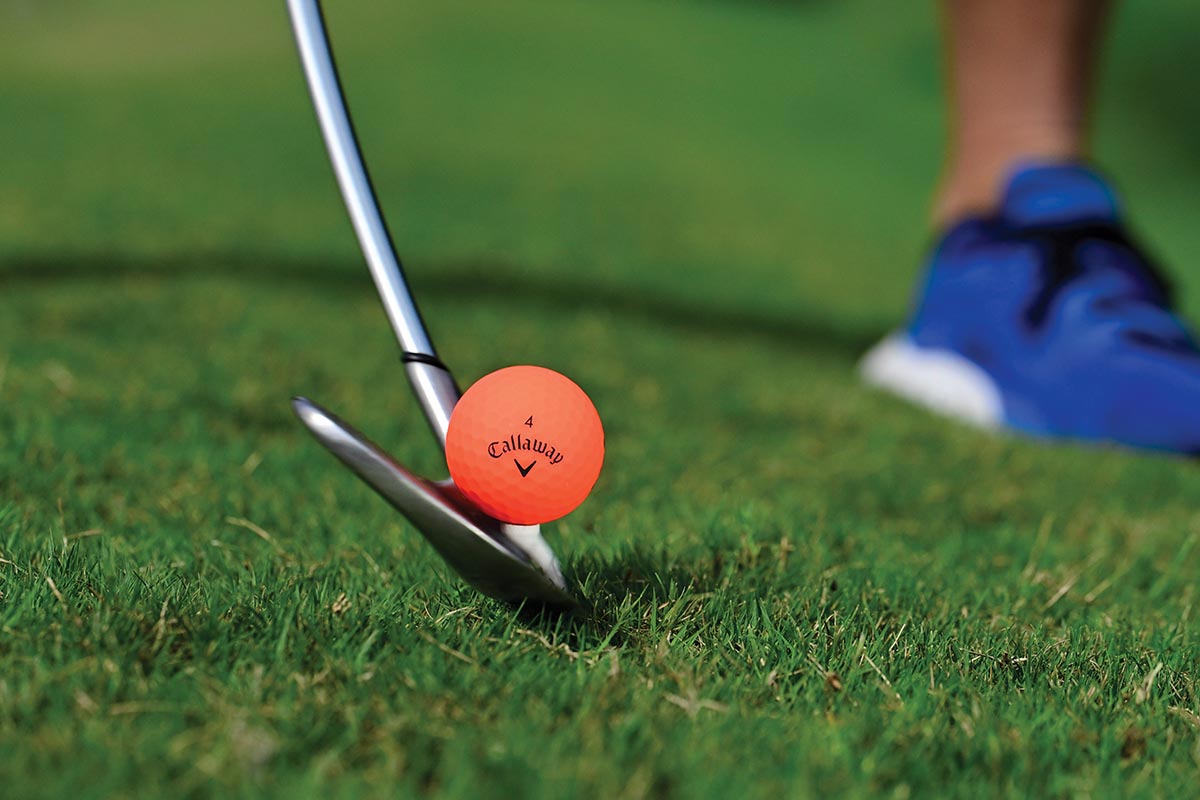

Using auto exposure and matrix metering, the Nikon Z 8 nailed the exposure while tracking a skateboarder at speed in a combination of sunlight and shadows. Exposure: 1/1,600 second at f/6.3, ISO 800 with a Nikkor Z 100-400mm f/4.5-5.6 VR S lens.
Another carryover from the Z 9 is the bidirectional mount for the monitor. The high resolution is achieved by using 2.1 million thin vertical dots in a stripe pattern, attaining a noticeably sharper image than the round dot/delta pattern found on older cameras. A robust swingout frame supports the 3.2-inch LCD monitor. As with older Z cameras, the screen tilts vertically (100 degrees up, 30 degrees down), but the new mount can also pivot 90 degrees to the right and 30 degrees to the left. It’s a neat bit of engineering.
Is the Z 8 a worthy upgrade? For me, yes because those capabilities extend what I can do for my clients, the quality of the work I deliver, and the type of work I seek, and it’s worth the price.
Ellis Vener is a commercial and portrait photographer and a contributing editor to Professional Photographer magazine.
Tags: nikon
